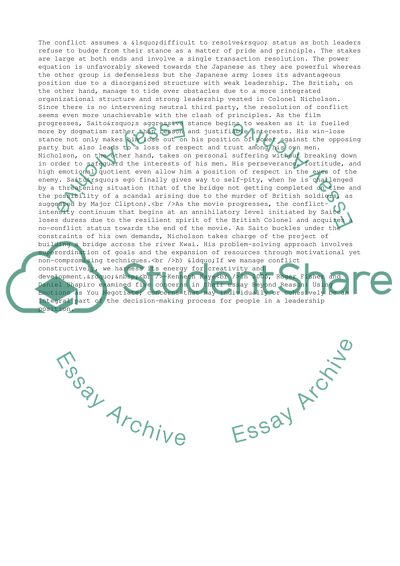Cite this document
(Managing Conflict Situations Example | Topics and Free Essays, n.d.)
Managing Conflict Situations Example | Topics and Free Essays. https://studentshare.org/management/1895143-bridge-on-the-river-kwai
Managing Conflict Situations Example | Topics and Free Essays. https://studentshare.org/management/1895143-bridge-on-the-river-kwai
(Managing Conflict Situations Example | Topics and Free Essays)
Managing Conflict Situations Example | Topics and Free Essays. https://studentshare.org/management/1895143-bridge-on-the-river-kwai.
Managing Conflict Situations Example | Topics and Free Essays. https://studentshare.org/management/1895143-bridge-on-the-river-kwai.
“Managing Conflict Situations Example | Topics and Free Essays”. https://studentshare.org/management/1895143-bridge-on-the-river-kwai.


